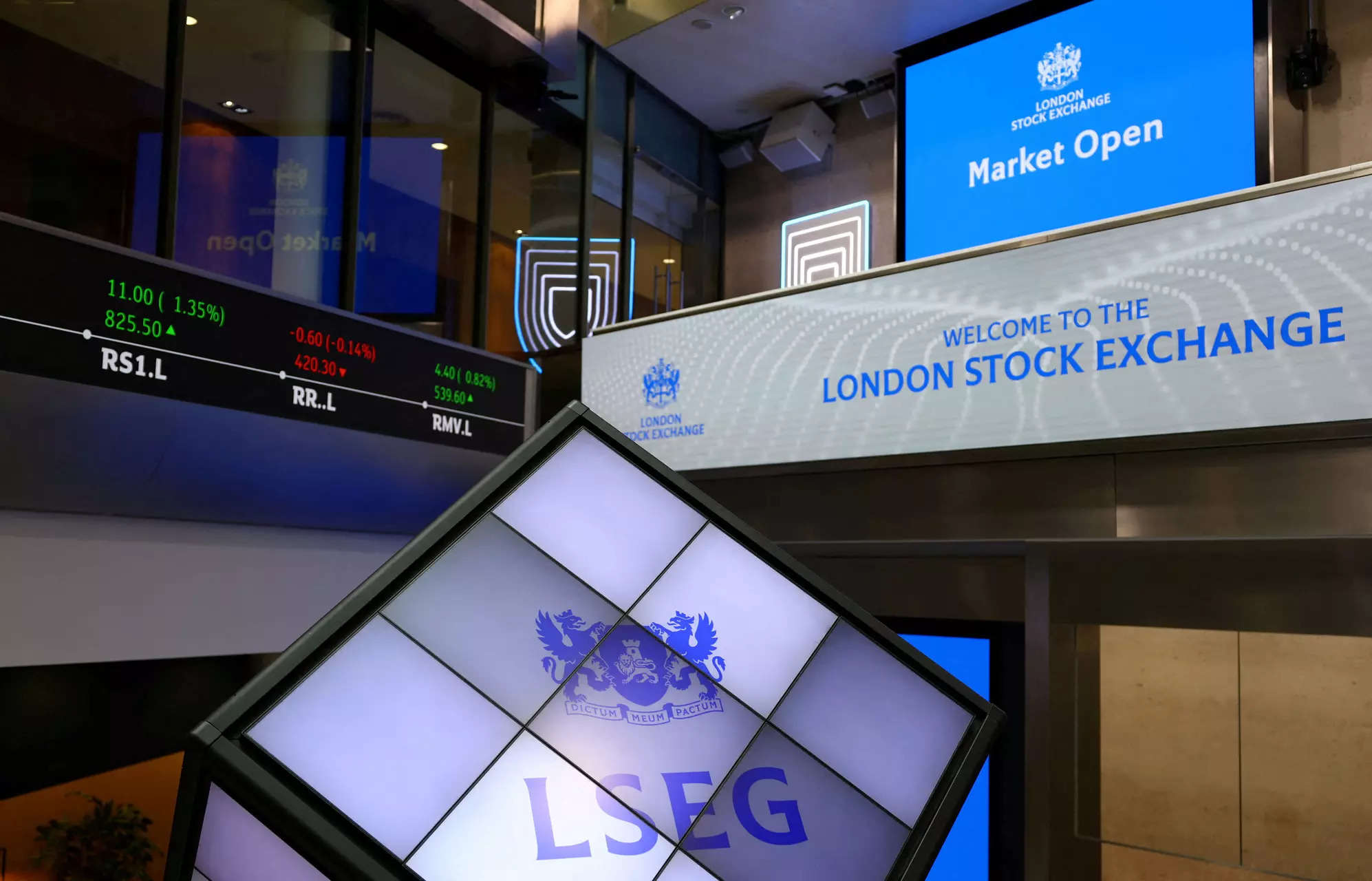The mid-cap FTSE 250 was up 0.9%, moving towards the key 21,000 mark. It hit a two-year high earlier in the session and had its best week since January 22.
“Labor wanting to boost the economy and support businesses will affect companies on the FTSE 250 more than the FTSE 100 because they are more domestically oriented,” said Fiona Cincotta, senior market analyst at CitiIndex.
British homebuilding companies were the top gainers on the FTSE 100 as investors welcomed Keir Starmer’s plan to build 1.5 million new homes over the next five years.
The UK Homebuilders Index rose 2.5%, while the construction sector rose 3.1%. Shares in Persimmon, Taylor Wimpey, Wistry and Barrett rose between 2.2% and 3.4%.
The blue-chip FTSE 100, however, fell 0.5% as the pound strengthened against the US dollar, after logging its strongest day in nearly two months in the previous session.
The FTSE small cap index was up 0.1%.
Goldman Sachs raised its UK GDP growth forecast and said the mid-cap FTSE 250 is the stock index to watch for investors under a Labor government.
“The election reflects some confidence in the market – a strong government that can actually get things done. That’s something we haven’t seen in the UK for many years,” said Nick Saunders, CEO of trading platform Webble UK.
The yield on 10-year British government bond gilts fell to 4.129%, further buoying sentiment.
With the election over, investors have priced in a 61% chance that the Bank of England begins its rate trimming-cycle at its next meeting on August 1.
Across the Atlantic, US data showed that job growth slowed marginally in June and the unemployment rate rose to a 2-1/2-year high of 4.1%, sending the Nasdaq and S&P 500 to new intraday highs. were
(You can now subscribe to our ETMarkets WhatsApp channel)








